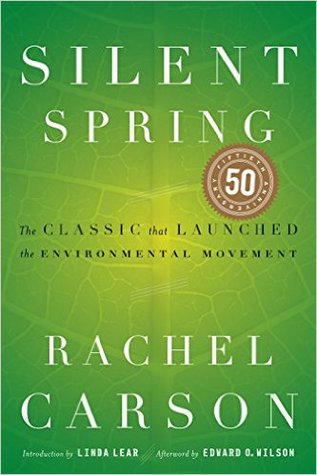Modern insecticides are still more deadly. The vast majority fall into one of two large groups of chemicals. One, represented by DDT, is known as the “chlorinated hydrocarbons.” The other group consists of the organic phosphorus insecticides, and is represented by the reasonably familiar malathion and parathion. All have one thing in common. As mentioned above, they are built on a basis of carbon atoms, which are also the indispensable building blocks of the living world, and thus classed as “organic.” To understand them, we must see of what they are made, and how, although linked with the
Modern insecticides are still more deadly. The vast majority fall into one of two large groups of chemicals. One, represented by DDT, is known as the “chlorinated hydrocarbons.” The other group consists of the organic phosphorus insecticides, and is represented by the reasonably familiar malathion and parathion. All have one thing in common. As mentioned above, they are built on a basis of carbon atoms, which are also the indispensable building blocks of the living world, and thus classed as “organic.” To understand them, we must see of what they are made, and how, although linked with the basic chemistry of all life, they lend themselves to the modifications which make them agents of death. The basic element, carbon, is one whose atoms have an almost infinite capacity for uniting with each other in chains and rings and various other configurations, and for becoming linked with atoms of other substances. Indeed, the incredible diversity of living creatures from bacteria to the great blue whale is largely due to this capacity of carbon. The complex protein molecule has the carbon atom as its basis, as have molecules of fat, carbohydrates, enzymes, and vitamins. So, too, have enormous numbers of nonliving things, for carbon is not necessarily a symbol of life. Some organic compounds are simply combinations of carbon and hydrogen. The simplest of these is methane, or marsh gas, formed in nature by the bacterial decomposition of organic matter under water. Mixed with air in pr...
...more
This highlight has been truncated due to consecutive passage length restrictions.


